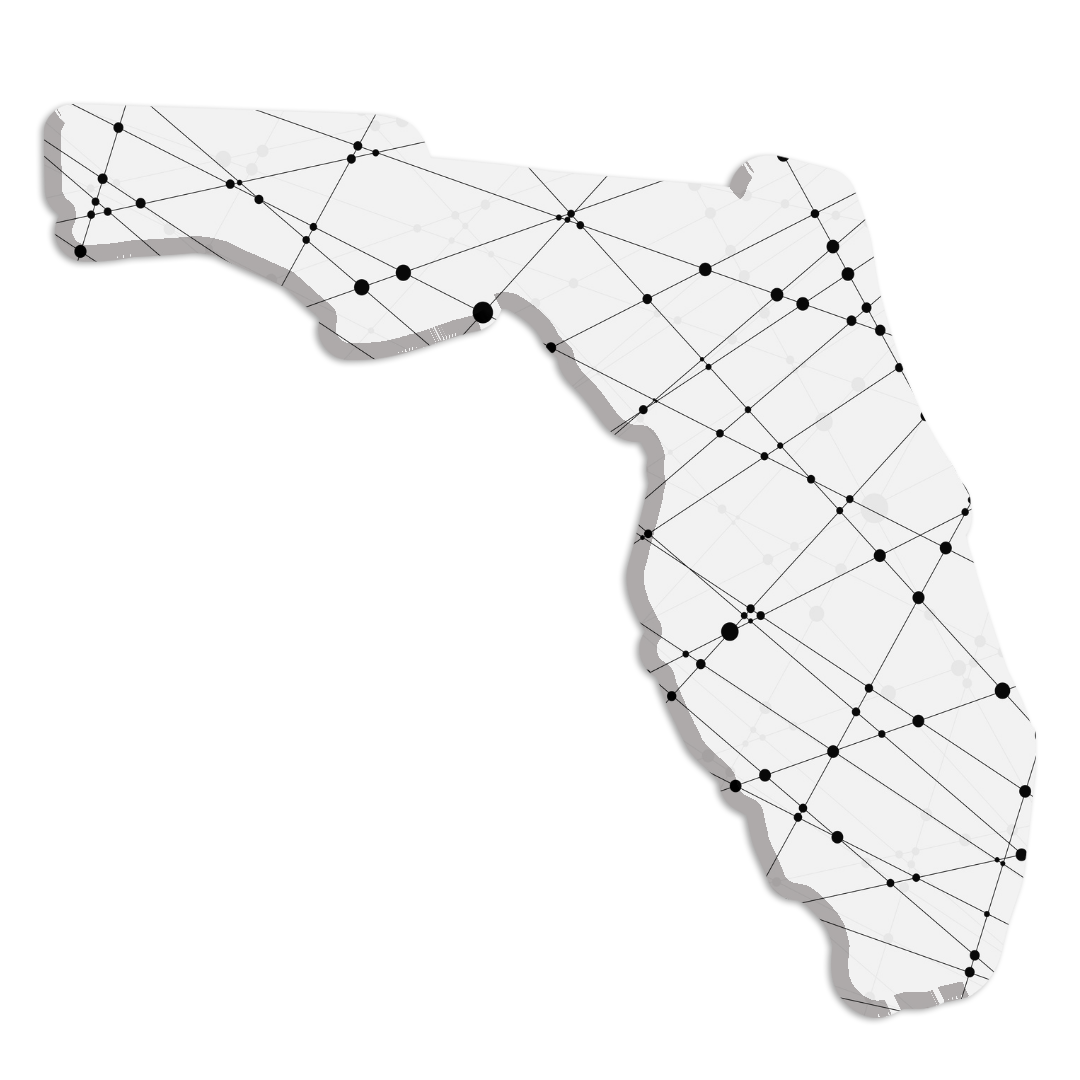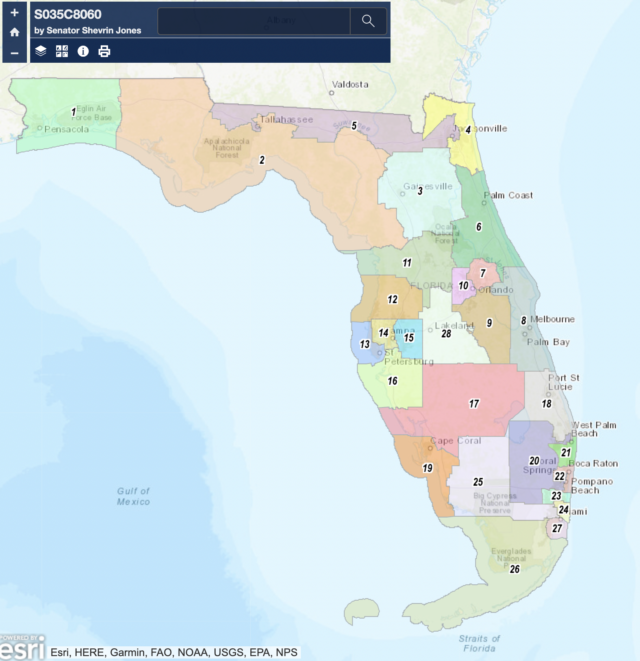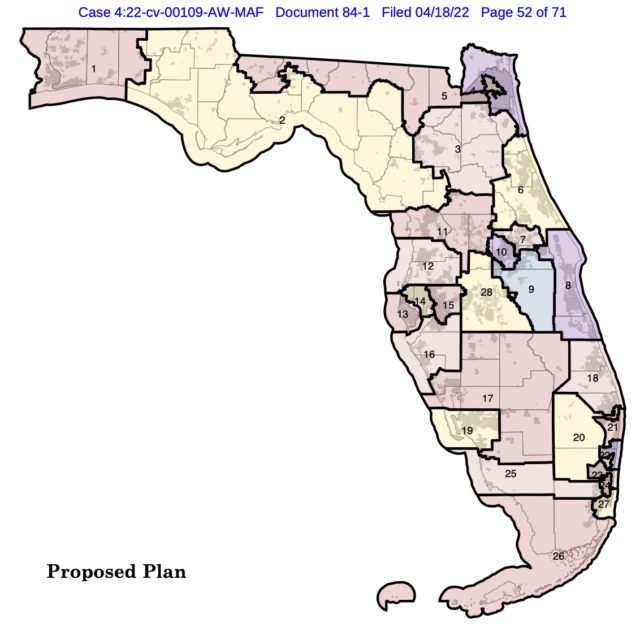
Two maps for Florida’s congressional districts were submitted in federal court Monday.
The cartography would come into consideration only if a Special Session starting Tuesday doesn’t result in a legally acceptable map.
Both proposals were filed as part of a federal court case launched in March by Common Cause of Florida, Fair Districts Now and a group of individual plaintiffs. The case asked for the courts to step in and implement a map because, at the time, the state government was proving unable to do so after Gov. Ron DeSantis made clear he would veto maps originally approved by the Legislature.
DeSantis has now vetoed those maps, setting up a Special Session where lawmakers are expected to pass a Governor-approved map.
But the plaintiffs in the federal case on Monday asked for courts to consider a map passed by the Florida Senate in January (S 8060).
The map had broad bipartisan support in the Senate, passing by a 31-4 vote. Four Senators — two Republicans and two Democrats — missed the vote. All dissenting votes were Democrats, but the majority of the caucus supported the cartography.
The 28-district map included 16 districts won by Republican Donald Trump in the Presidential Election and 12 won by Democrat Joe Biden. It also held four Black-performing seats.

The other map was filed by outside attorneys intervening in the case.
A brief prepared by John Devaney of Perkins Coie was also submitted by attorneys from Democratic attorney Marc Elias’ law firm. Elias and his Democracy Docket organization have been involved with redistricting cases across the country this election cycle.
The intervenors turned to Harvard professor Stephen Ansolabehere to draw maps. In a statement filed with his proposal, Ansolabehere said he prioritized retaining voters in their current districts as much as possible while still putting in a new district and complying with the Fair Districts amendment to Florida’s Constitution.
“This ultimately results in a high level of core retention, which is the primary criterion that courts and map drawers use to evaluate whether a map is ‘least change’ from a prior version,” Ansolabehere wrote.
There’s no data filed on how voters in each district cast ballots in the 2020 election. But Ansolabehere used a formula to measure overall partisan bias of the map and said it favored Republicans by 1 percentage point. Trump won Florida in 2020 by 3 percentage points. Ansolabehere said the current 27-district map in Florida favors Republicans by 3 percentage points.

DeSantis in April vetoed a bill containing the primary map (H 8019) crafted by House mapmakers and a secondary one (H 8015) for courts to consider if the first was unacceptable. DeSantis called a Special Session on redistricting that runs from Tuesday to Friday this week. Legislative leadership intends only to consider a new map (P 0109) offered by DeSantis’ office last week.

3 comments
Matthew Lusk
April 19, 2022 at 12:31 pm
You forgot to mention that the democrat rat lawyers are asking to be paid big legal fees out of the Florida Treasury. The cheese is the only reason both In and Out-Of-State rat lawyers open their mouth.
Matthew Lusk
April 19, 2022 at 12:40 pm
Hey! dumb Harvard egghead, the point is CD5 must be “substantially changed” because it’s unconstitutional. You’ll never pass the bar Stephen, if you can’t delivery a germane argument.
rass
April 19, 2022 at 5:39 pm
Matthew, If money is an issue, why didn’t you complain about the costs of ” special ” sessions- our GOP dominated leadership couldn’t get basic work done, like drawing maps, because they were too busy trying to out anti-woke each other and trampling on individual liberties. Heil Rona
Comments are closed.